360 Degree Shopper Marketing: Engagement, Loyalty, In-Store Decisions & Neuroscience

POPAI was founded in 1936 and it is a global trade association with 1,400 member companies in 45 countries. It is the premier source of learning, knowledge and future-oriented research for the marketing at retail industry, as it provides resources, education, ideas and advocacy to the marketing at retail professional.

 SmartRevenue – Creating solutions based on technologies that support shopper insights to identify shopper segments, need-states, purchase drivers, trip-types, navigational patterns and closure rates; specialized in quantitative ethnography, market research, shopper insights, and in-store solutions.
SmartRevenue – Creating solutions based on technologies that support shopper insights to identify shopper segments, need-states, purchase drivers, trip-types, navigational patterns and closure rates; specialized in quantitative ethnography, market research, shopper insights, and in-store solutions. Sands Research – As one of the leading providers and innovators in the growing field of neuromarketing services, they have offices, labs, and partners around the world and offer a unique service to its clients and the advertising community.
Sands Research – As one of the leading providers and innovators in the growing field of neuromarketing services, they have offices, labs, and partners around the world and offer a unique service to its clients and the advertising community.• Measure the level of pre-store vs. in-store purchase decisions by product category
• Quantify the purchase interest “lift” generated by display type for each product category
• Profile the amount and characteristics of specific types of displays present in-store
• Profile shopper segments by POP engagement and other salient segments
• Understand the characteristics of the shopping trip and perceptions of “store shopability”
Methodology (Neuroscience in marketing – Eye Tracking and EEG Monitoring)


• Track shoppers’ store navigation patterns
• Measure the degree to which shoppers notice, engage with, and emotionally respond to display types
• Identify display types and locations that generate the most impressions
• Categorize display types/qualities that drive positive and/or negative responses
• Document search patterns and navigational strategies shoppers use to find and select products
All participant experience some degree of anxiety with regard to wearing the gear in the store, but this anxiety diminishes rapidly within the first 30 – 60 seconds upon entering the store.

- Eye Fixation – What is the shopper looking at – fixtures, displays, signage, other shoppers. Dwell time on an object was 200 ms and 70, 000 eye fixations have been examined.
- Purchase Fixation (fixation sequence preceding to a purchased item) – What is the shopper looking at and buying. How does the brain respond?
- Rejection Fixation (exploratory fixation sequence followed by rejection of product) – What is the shopper looking at and not buying? How does the brain respond?
Today’s Shopper Profile
- women dominate the aisle (75%)
- nearly two-thirds of shoppers are 45+
- 50% have college degrees
- 51% working full time
 Timed Stressed – Shopper who feels pressured from not having enough TIME and seems to be always in a hurry. Adding to the time pressures are perceived budgetary constraints although this group is not low income.
Timed Stressed – Shopper who feels pressured from not having enough TIME and seems to be always in a hurry. Adding to the time pressures are perceived budgetary constraints although this group is not low income. Explorer – A shopper who enjoys seeing what new products are available, browsing the store in general and getting inspiration for meals while shopping.
Explorer – A shopper who enjoys seeing what new products are available, browsing the store in general and getting inspiration for meals while shopping. Trip Planner – A shopper whose goal is to get the shopping trip over with and executed according to plan.
Trip Planner – A shopper whose goal is to get the shopping trip over with and executed according to plan. Bargain Hunter – A shopper defined by the willingness to shop around for the lowest price.
Bargain Hunter – A shopper defined by the willingness to shop around for the lowest price.
Walk Away Rates
By Shopper Segments: Time Stressed (18%), Explorer (20%), Trip Planner (15%), Bargain Hunter (20%)
By Gender: Men (20%), Women (18%)

Eye Fixations in Store
More fixations are made towards rejected purchases than those items going into the basket. It is clear that the shoppers spend substantial time exploring alternatives. Even planners and list makers have baskets that are two thirds full of items where the decision was made in store. This explains why the lions share of eye-fixations are made towards products that are rejected purchases. If you would like to find out the eye fixation rates for all categories of goods, check POPAI report.
In-Store displays collect a large share of eye-fixations. While 13% may not seem like a large number it is actually quite significant when put in the context of eye-fixations where products, signage, structures, and other shoppers are all competing for the shopper’s attention.
 Meet the Frontal Lobe – Emotional Valence Score (EVS) of Sands Research (A bigger response on the left frontal lobe is a positive response and a bigger response on the right frontal lobe is a negative response.)
Meet the Frontal Lobe – Emotional Valence Score (EVS) of Sands Research (A bigger response on the left frontal lobe is a positive response and a bigger response on the right frontal lobe is a negative response.)
Factor analysis was used to develop an aggregate score reflecting overall ease of shopping for each shopper visiting one of the 20 key departments. A high ease of shopping score is reflective of a department where the product organization allows shoppers to assess the variety of options available to them and select the item they need. A high score on this measure indicates that shoppers do not find the section confusing or dread shopping there.
- High Shopability Score: Soft Drinks (89), Condiments (66), Refrigerated Juice (42)
- Low Shopability Score: Candy (-92), Personal Care (-73), Frozen Foods (-63)
- High End Neuro Engagement: Beverages (4.1), Canned Goods (4), Health & Beauty (3.6)
- Low End Neuro Engagement: Paper & Plastic (2.7), Meats & Cheese (2.2), Produce (2.2)
- High Emotional Valence: Snacks (29.7), Beverages (29.3), Alcoho (3.6)
- Low Emotional Valence: Health & Beauty (-5.4), Meats & Cheese (-6.7), International (-18.7)
Findings
- POPAI report also presents an important finding: Decisions are made on the first fixation.
- Fixate Pre-buy is the first fixation on the to-be-purchased item – the brain responds positively.Fixate Final Buy is the last fixation of the to-be-purchased item – the brain responds positively, but less so.
- Fixate reject is a consideration not followed by a purchase -the brain responds negatively.
- The decision and the anticipated feeling of reward is not at the shelf level, it is with the first glance.
- Pavlov is still right! We are conditioned creatures anticipating reward.
- Manufactures should think in terms of appearance of the product from a distance.
- Avoid visual clutter – visual noise decreases product selection.
- Shoppers are happiest when they see the product early on in the search.
- Good foreground / background separation increases the likelihood of a purchase.
- Emotional Valence by the shopper segment: Explorer (17.0), Bargain Hunter (-13.0), Time Stressed (-3.6), Trip Planner (-15.9).
1. Think about increasing your in-store campaigns & locations
We know today’s shopper underestimates his/her spend upon entering the store. Take advantage of this opportunity by gaining greater visibility for your products utilizing in-store displays in both category and cross-merchandising when possible.
2. Make sure your in-store communication is quick, visible & informative
We know today’s shopper feels a lot of pressure on his/her time. Coupled with a propensity for making more fill-in type trips it’s important that you gain visibility for your brand and communicate the benefits and value proposition in a quick and easy to understand manner. Try adhering to Frasier’s Rule of 3, 4, 5,
Readable in “3 seconds”, from “4 paces away” and in “5 words or less”
3. Don’t reinvent the wheel, borrow from the best in class
Take a step back when looking at category management and see what other categories are doing that help propel them to the top in terms of shopability. Every category has room for improvement so whether you at the top of the Ease of Shopping Scorecard or the bottom you can always improve category management and sales.
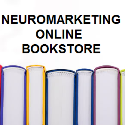
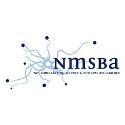









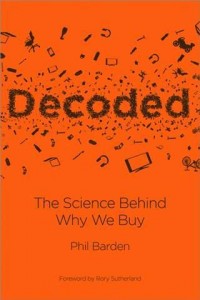

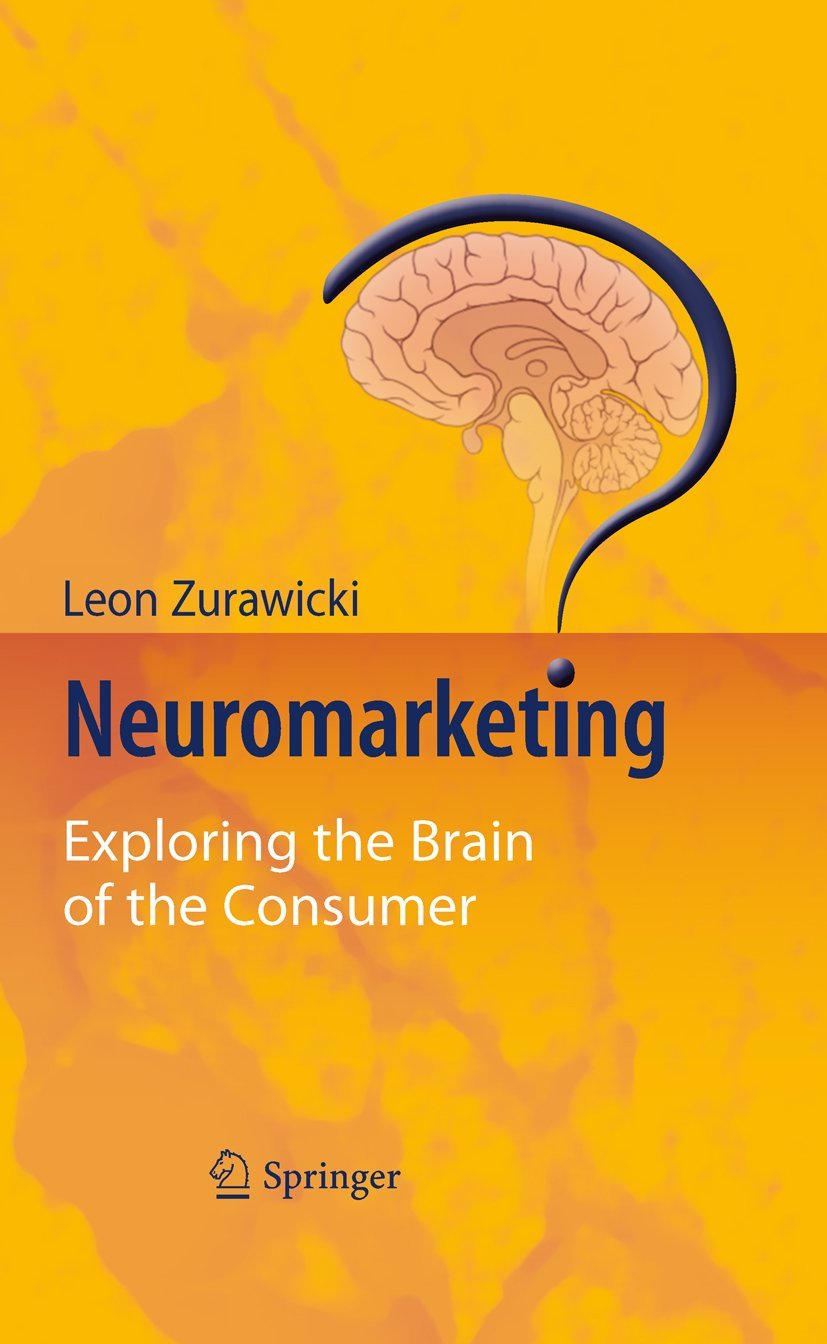




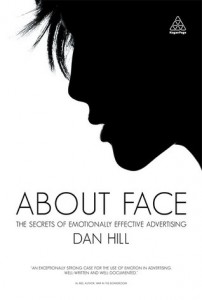


Fascinating data on the expensiveness of market research, which in my opinion, is the biggest omission in the marketing cycle.